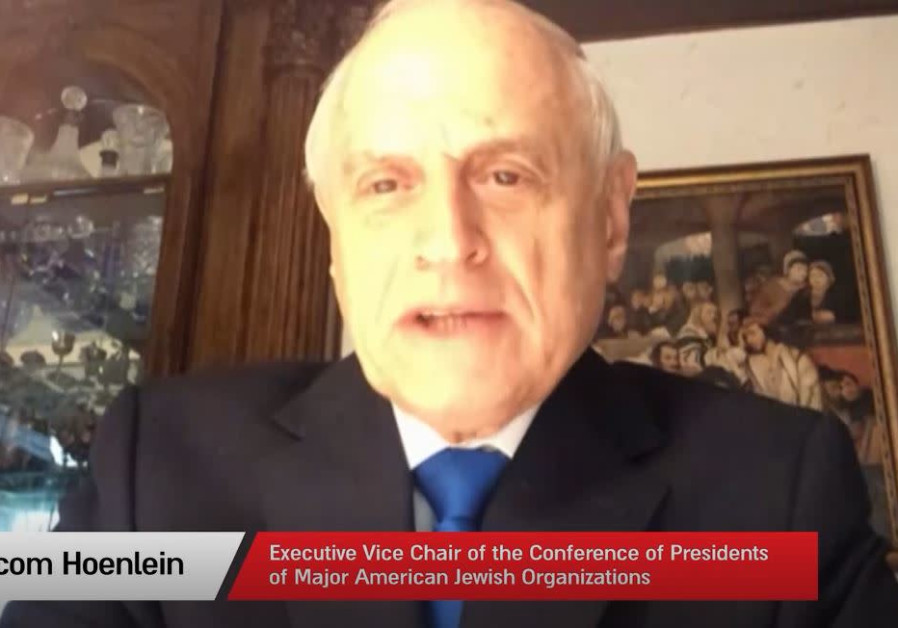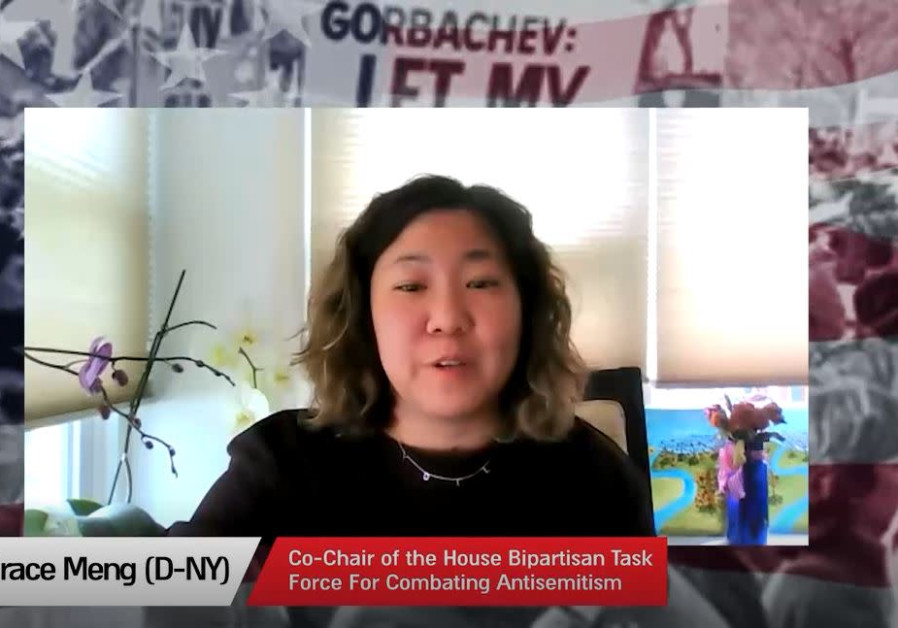An online conference to commemorate the history and contributions of American Jews to free Soviet Jewry and its impact on the fight against antisemitism today was aired on May 27, in honor of Jewish American Heritage Month.
Following the recent flare-up in the Israel-Gaza conflict this month, antisemitism has experienced a significant surge, with physical attacks, racist slurs, and online hate crime targeting Jews worldwide. A 600% increase in antisemitic attacks was reported in the UK by the Community Security Trust and spikes have been seen in the US and other countries as well.
The symposium addressed how unifying Jewish communities and interfaith partnerships could be the key to resolving the current rise in hate crime against Jews, in its discussion "Lessons in Solidarity for Today's Struggle Against Antisemitism."
“We built this grassroots movement, but merged it with the establishment… Soviet Jewry became the vehicle to bring the whole community together,” Malcolm Hoenlein, Executive Vice Chairman of the Conference of Presidents of Major American Jewish Organizations, recalled at the event.

In one of the movement's most notable rallies, 250,000 people from across the country assembled on December 6, 1987, at the National Mall in Washington DC for the Freedom Sunday for Soviet Jews, crying “Let My People Go” and proudly walking in the footsteps of an equal number which had gathered for the 1963 March on Washington and Martin Luther King’s “I have a Dream” speech.
"As long as one Jew is denied the right to emigrate, as long as one Jew is denied the right to be Jewish in the Soviet Union, we all are Jews in the Soviet Union," Congressman John Lewis, a member of the Congressional Caucus on Black Jewish Relations had said at the time.
The campaign successfully led to the emigration and free practice of religion for Jews in the Soviet Union.

While the Soviet Jewry movement united all Jews under a common purpose, learning "to live with the differences but recogniz[ing] that we have one faith," Hoenlein explained that Jews today don't have the same sense of unity and responsibility towards one another.
“We see more and more divisiveness, which has always been the danger to the Jewish community, more than any external danger," he said.
Sharansky agreed with Hoenlein, "when people lose sight that we are one family, with a mutual past and a mutual future, this is where the problems begin.”
"The issue that united us is being lost today. Our political polarization is so strong, it is making us blind,” Sharansky warned.
In order to combat antisemitism "there has to be some common values, common purpose, that unites us and enables us to work together," Hoenlein explained, demanding the education and development of leaders in the younger generation, with stronger Jewish identities and heritage.
However, according to the speakers, it is not just Jews that have, and will have, to work together to combat antisemitism. Prof. Sussanah Heschel spoke about her father Rabbi Abraham Joshua Heschel and his partnership with black rights activist Dr. Martin Luther King, Jr., at the meeting.
“My father spoke out, and Dr. King spoke out for Russian Jewry. Their voices were so important. Dr. King brought support for the free Soviet Jewry movement… and made it so clear that freedom for one is freedom for all, we all have to live in freedom and justice," Heschel explained.

"It has been a particularly difficult year for the Asian-American community across the US as we have been living in terror and fear,” she conceded, but concluded that “the legacy of the Jewish community’s work during the Soviet Jewry movement, has created a playbook that so many of us that suffered discrimination on the basis of race or religion, have continued.”
"My heart is with the Jewish community this week as we’ve seen a dramatic increase in antisemitic incidents,” Meng said.
The common denominator in successfully combating antisemitism in the recollection of the Free Soviet Jewry campaign and Jewish American Heritage seems to be unity both among Jews and other communities alike.
The symposium was organized by the Combat Antisemitism Movement (CAM), an interfaith and global grassroots movement to end antisemitism, in partnership with the National Museum of American Jewish History and the National Coalition Supporting Eurasian Jewry.
